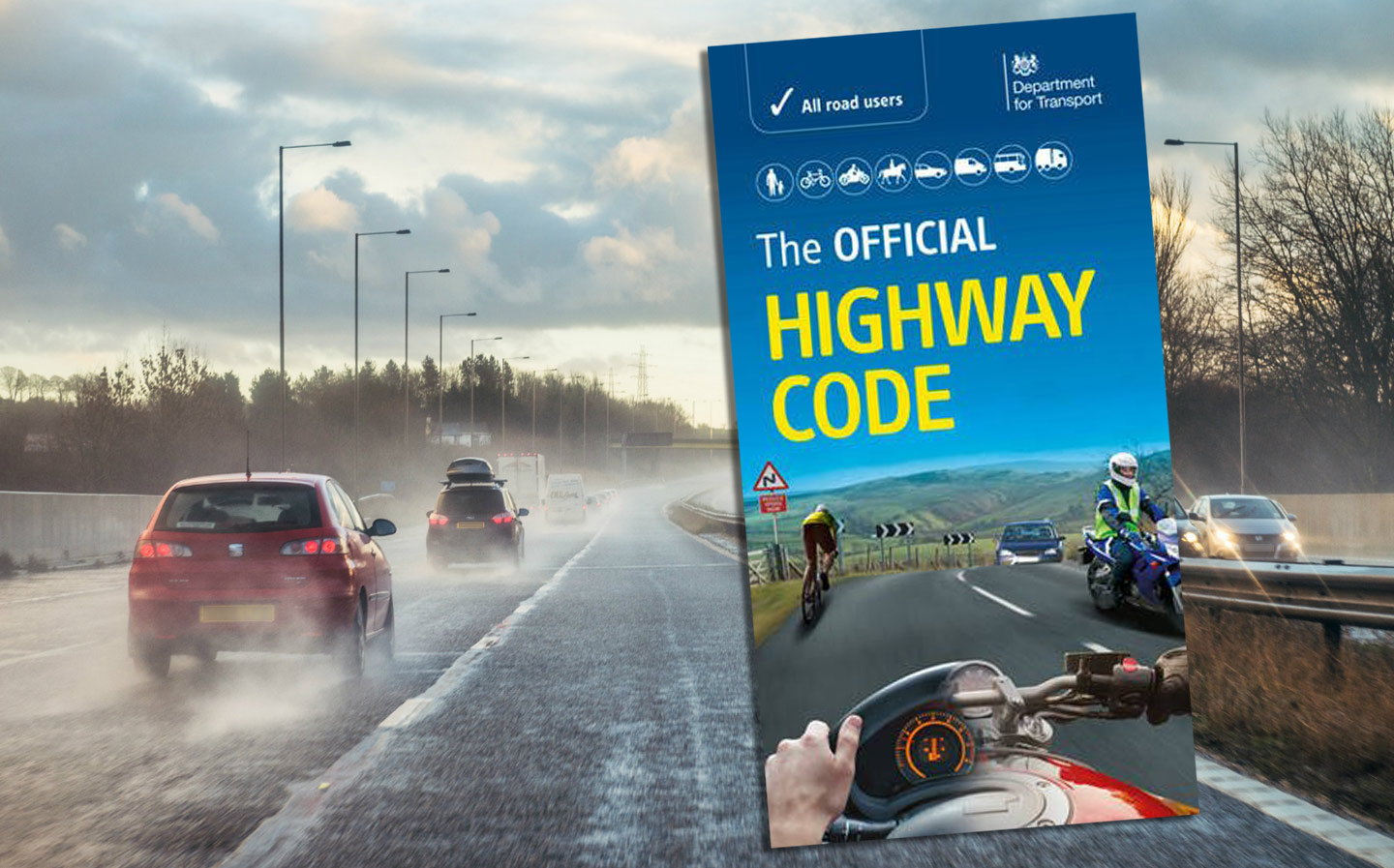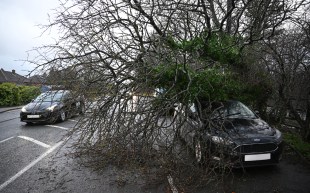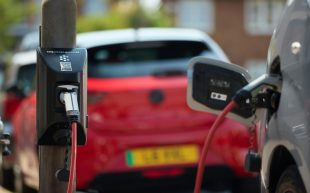New Highway Code changes: what you need to know and what else is coming in 2022
Practise your Dutch reach
A NUMBER of new changes to the Highway Code went into effect from January 29 with the introduction of a new risk-based hierarchy of road users as well as new rules and guidance in order to protect more vulnerable road users such as cyclists, pedestrians and horse riders.
A recent survey by the AA of more than 13,700 of its members, however, has revealed that 33% of people were unaware of the changes to the code with 4% having “no intention” of looking at the details.
Although groups such as Cycling UK and the AA have described the lack of public awareness as “frustrating” and blamed the government for being “far too silent in promoting them”, the new rules have been broadly welcomed by cyclists, pedestrians and horse riders.
What are the key new Highway Code rules?
The biggest changes to the Highway Code involve the establishment of a hierarchy of users, new rules giving priority to pedestrians at junctions, new rules giving priority to cyclists when cars are turning and guidance on passing distances. While a large number of amendments have been introduced, the three biggest changes to the Highway Code for 2022 are as follows:
Rule H1: Hierarchy of road users
According to the government, Rule H1, which creates a new hierarchy of road users, “ensures that those road users who can do the greatest harm have the greatest responsibility to reduce the danger or threat they may pose to other road users.”
The objective of the hierarchy is not to give priority to pedestrians, cyclists and horse riders in every situation, it insists, but rather “to ensure a more mutually respectful and considerate culture of safe and effective road use that benefits all users.”
“None of this detracts from the responsibility of ALL road users, including pedestrians, cyclists and horse riders, to have regard for their own and other road users’ safety”
As the most vulnerable road users, pedestrians are therefore the least responsible for looking out for other road users. At the other end of the scale, HGV drivers bear the greatest responsibility, as they are in charge of the largest and arguably most dangerous vehicles on the road.
Of course, the majority of truck drivers are considerate to vulernable road users, as captured in this charming video.
“None of this detracts from the responsibility of ALL road users, including pedestrians, cyclists and horse riders, to have regard for their own and other road users’ safety,” according to the rule change.
Rule H2: Priority for pedestrians
Under this rule, road users at a junction should give way to pedestrians crossing or waiting to cross a road into which or from which they are turning.
You should give way, the government says, “to pedestrians waiting to cross a zebra crossing, and pedestrians and cyclists waiting to cross a parallel crossing. The law previously said that pedestrians and cyclists only had right of way when they were on the crossing.
Rule H3: Priority for cyclists and horse riders when cars are turning
Left turn accidents and near-misses with cyclists are all too common when over-eager drivers try to nip ahead before the junction.
For that reason, Rule H3 explicitly states that drivers “should not cut across cyclists, horse riders or horse drawn vehicles going ahead when turning into or out of a junction or changing direction or lane, just as you would not turn across the path of another motor vehicle.”
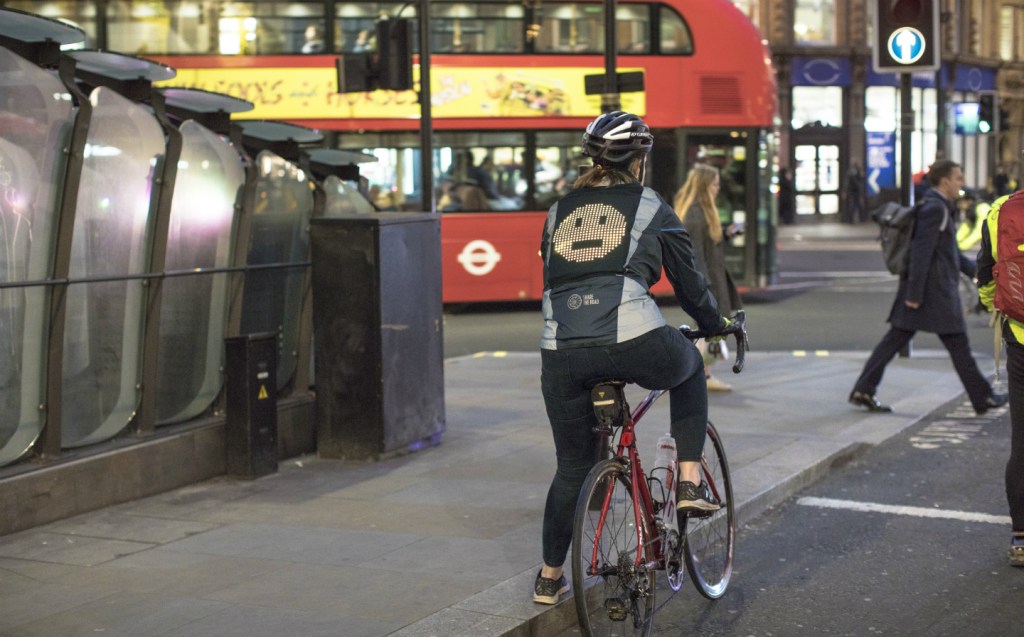
This applies regardless of whether cyclists are using a cycle lane, a cycle track, or simply riding straight ahead on a road; in any case, drivers should give way to them.
As the rule says “should” rather than “must”, this isn’t enshrined in law — it’s advisory — but drivers are likely to be stopped by police for breaking the rule and could deem the offence careless or even dangerous driving, for which the maximum punishment is 3-11 penalty points, two years’ imprisonment, an unlimited fine and obligatory disqualification from driving.
Should you cause death by dangerous driving, the punishment may be as high as 14 years’ imprisonment, an unlimited fine and obligatory disqualification for a minimum of two years.
Guidance on passing distances
The wording of rules regarding passing distances has been amended and now includes guidelines for overtaking pedestrians, cyclists and horses. It now advises motorists to:
- Leave a minimum distance of 1.5m at speeds under 30mph;
- Leave a minimum distance of two metres at speeds over 30mph;
- Always leave a distance of at least two metres if driving a large vehicle;
- Pass horses and horse-drawn vehicles at speeds under 15mph and at a minimum distance of two metres;
- Allow two metres of distance when passing a pedestrian who is walking in the road;
- Wait behind the motorcyclist, cyclist, horse rider, horse drawn vehicle or pedestrian and not overtake if it is unsafe or not possible to meet these clearances.
Leaving plenty of space when overtaking should be fairly obvious but the rule changes add much-needed clarity.
Dutch reach
One of the slightly more obscure amendments involves the recommendation that motorists adopt a “Dutch reach” when opening their car doors into traffic. This involves a driver opening their door with the opposite hand (the left hand in the case of right-hand-drive UK cars), forcing the driver to turn their body and head in such a way that they’re more likely to see any oncoming cyclists and not hit a cyclist by carelessly opening their door.
How are the Highway Code changes being received?
Apart from dissatisfaction at the lack of public awareness around the new rules, the changes have been greeted warmly by the cycling lobby, which had considerable input during the consultation process.
On the subject of the rule changes giving priority to pedestrians and cyclists at junctions, Duncan Dollimore, head of campaigns at the charity Cycling UK said:
“This simple change clarifies the rules at junctions, and is a major step towards embedding a custom that could make a huge difference to cyclist and pedestrian safety.”
“It would also give highway designers the confidence to design better cycling and walking infrastructure such as cycle lanes and cycle paths that go across the mouths of side-roads, making them simpler, safer and more efficient for everyone.”
Horse riders are also pleased with the new proposals. The British Horse Society’s director of safety, Alan Hiscox told Horse & Hound:
“I was dancing a little jig when I read them! People ask whether the DfT [Department for Transport] really listens to equestrians or considers us in the same way as cyclists, and I think this absolutely proves they do. I really think this will be a major step for the safety of horses on the roads.”
Not all, however, have greeted the proposals with as much enthusiasm. Neil Greig, the policy director at IAM Roadsmart (formerly known as the Institute of Advanced Motorists) expressed concern that “the new Highway Code will increase conflict on the road rather than reduce it.”
He added: “Informing every road user in the UK about the new rules will be a huge task, particularly when most drivers think they are competent and don’t need to refresh their skills.”
He did, however, stress the need for greater investment in quality cycling infrastructure, saying:
“Vulnerable road users deserve the highest protection from motorised vehicles but simply changing a book no one reads is unlikely to deliver the impact hoped for.”
“In our view investment in segregated facilities remains the best way to encourage people to consider active travel as a real alternative.”
Highway Code changes: the myths
Given the lack of public familiarity with the intricacies of the Highway Code and how the news of the changes seems to have taken many by surprise, a number of slightly hysterical myths have sprung up in response. These are almost totally unwarranted as most of the changes outlined simply reaffirm advice and guidance that has already existed for years.
The new rules encourage cyclists to ride two-abreast
Wrong. Whereas the wording in the Highway Code previously said that cyclists should “never ride more than two abreast, and ride in single file on narrow or busy roads”, this has been amended to say: “You can ride two abreast and it can be safer to do so, particularly in larger groups or when accompanying children or less experienced riders.” This actually makes quite a bit of sense as a driver overtaking two pairs of cyclists riding two abreast spends less time on the opposite side of the road than if they were overtaking four cyclists riding in single file.
Cyclists will not have to use cycle lanes
The updated Highway Code says of cycle lanes that cyclists “may exercise their judgment and are not obliged to use them.” This has always been the case.
Cyclists will ride in the middle of the road
Cyclist shouldn’t, in general, hug the kerb as it decreases their visibility and means they often have to end up riding through gravel and other road detritus. If a cyclist should keep half a metre or so out from the edge of a road and motorists should leave a 1.5-metre overtaking distance, this makes overtaking on some narrow stretches of road dangerous or impossible. In such situations as well as on the approach to junctions cyclists have long been advised to use the “primary position” in the centre of the lane. This is not new guidance.
Pedestrians will blindly wander into the street
Drivers are now obliged to give way to pedestrians approaching a crossing, while the previous wording said that drivers simply had to give way to a pedestrian on a crossing. As anyone who has passed their driving test in at least the last couple of decades knows, however, an examiner would take an extremely dim view of any driver who didn’t stop for a pedestrian who was approaching or preparing to use a crossing.
What else is coming in 2022?
Changes to towing rules
As of December 2021, if you passed your driving test on or after 1 January 1997 you won’t have to take an additional test to tow trailers up to 3,500kg. The government says that relaxing the rules could potentially help ease the HGV driver shortage as it would mean that roughly 30,000 more HGV driving tests could happen every year.
Stricter use on mobile phone use in vehicles

At present, motorists can only be penalised for “communicating” with their mobile phones, i.e., making a call or sending a text. Changes to the rules are due to be introduced in 2022, strengthening the wording making it so that drivers will not be allowed to touch their phones while driving except in cases where the phone is held in a cradle or when using it for contactless payments at motorway toll booths. Apart from in these cases, drivers found touching their phone while driving will face six penalty points and a £200 fine.
Nationwide ban on pavement parking
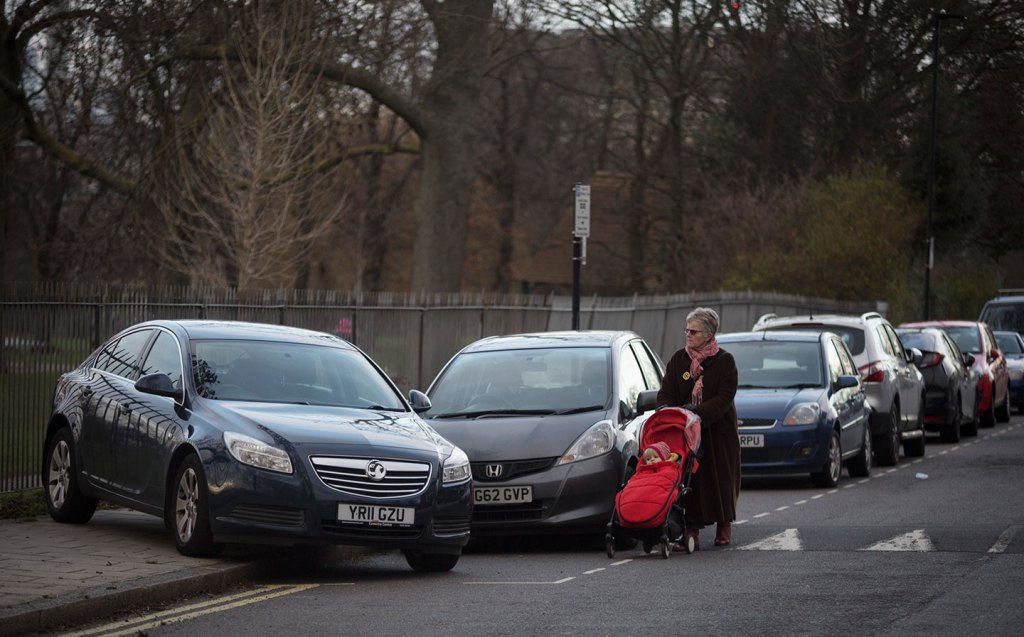
London and Cardiff already have local laws banning parking on pavements, but an England- and Wales-wide ban on the practice could be on the cards this year too with local councils having the power to issue £70 fines to those caught parking on the pavement. Scotland is also due to ban parking on footpaths in 2023.
Speed limiters mandatory in all new cars
Speed limiters will become mandatory in all new cars from July this year. An Intelligent Speed Assistance system is capable of using cameras and GPS to recognise the speed limit in a given area and will alert the driver if it they are driving over that limit.
Delay on smart motorways
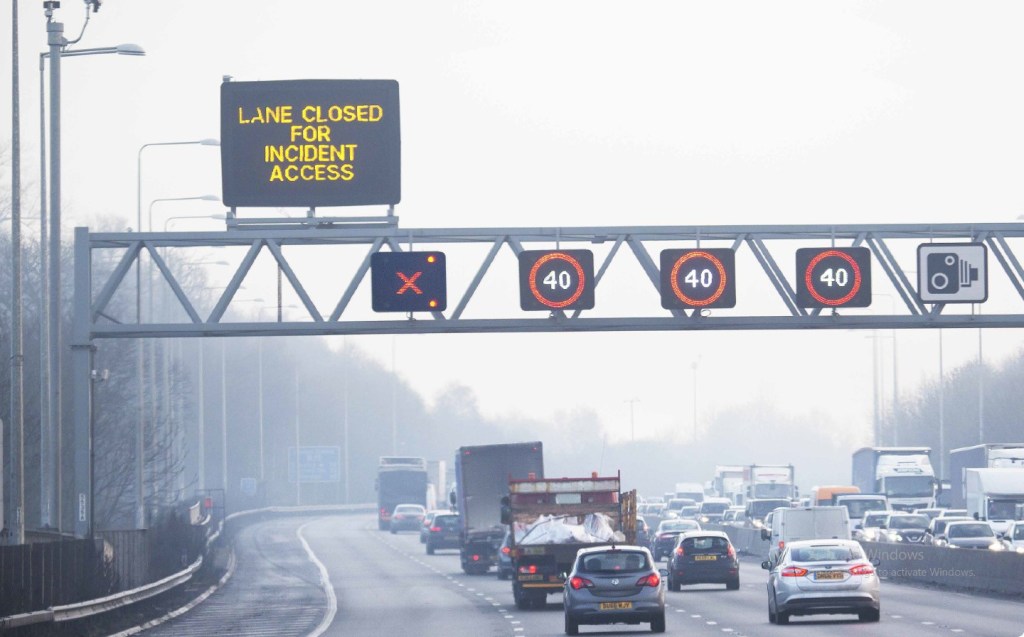
As we’ve reported before, the government is set to delay the rollout of new smart motorways until 2025 so that a full safety review can been carried out. The announcement comes partly due to growing public anger and unease about the safety of the idea, especially All Lane Running motorways without a permanent hard shoulder, following a series of horrific crashes resulting from stationary vehicles being struck from behind.
EV chargers mandatory in new homes

From this year, all new homes in England must have EV charging points installed. The rules extend not just to houses, but to apartment buildings, supermarkets and any other buildings on which major renovations are being carried out.
Self-driving cars on UK motorways
Last year, the government announced that hands-free driving in cars with Automatic Lane Keeping Systems (ALKS) would be allowed on congested motorways at speeds of up to 37mph. Although there are a number of cars on the market that are equipped with ALKS, its legal use in the UK will not be permitted until later this year.
Ban on red diesel
As of April 1, a ban on red diesel and rebated biofuel will come into effect meaning that businesses such as farms and construction companies must use regular diesel priced at a higher rate. The change is meant to help the UK reach its climate targets by forcing those businesses to make the switch towards cleaner options such as electrification.
Clean air zone in Manchester
Several cities in the UK such as London, Bath, Birmingham and Portsmouth already have clean air zones meaning that high-emissions vehicles are charged a fee to enter. Manchester is set to launch its own at the end of May 2022, charging certain HGVs, buses, coaches, vans and some other vehicles to enter the city centre. Other cities also due to implement clean air zones in 2022 include Bradford and Oxford.
Tweet to @ST_Driving Follow @ST_Driving
- If you found this guide to the new Highway Code changes for 2022, you might also be interested in the trial of a driver who ‘hit and killed’ a 15-year-old cyclist in Lancashire
- Road rage on the rise? A Highway Code refresher campaign would help, reckons our editor
- And were you aware that Birmingham cyclists were asked to collect data on near-misses and problem junctions?


